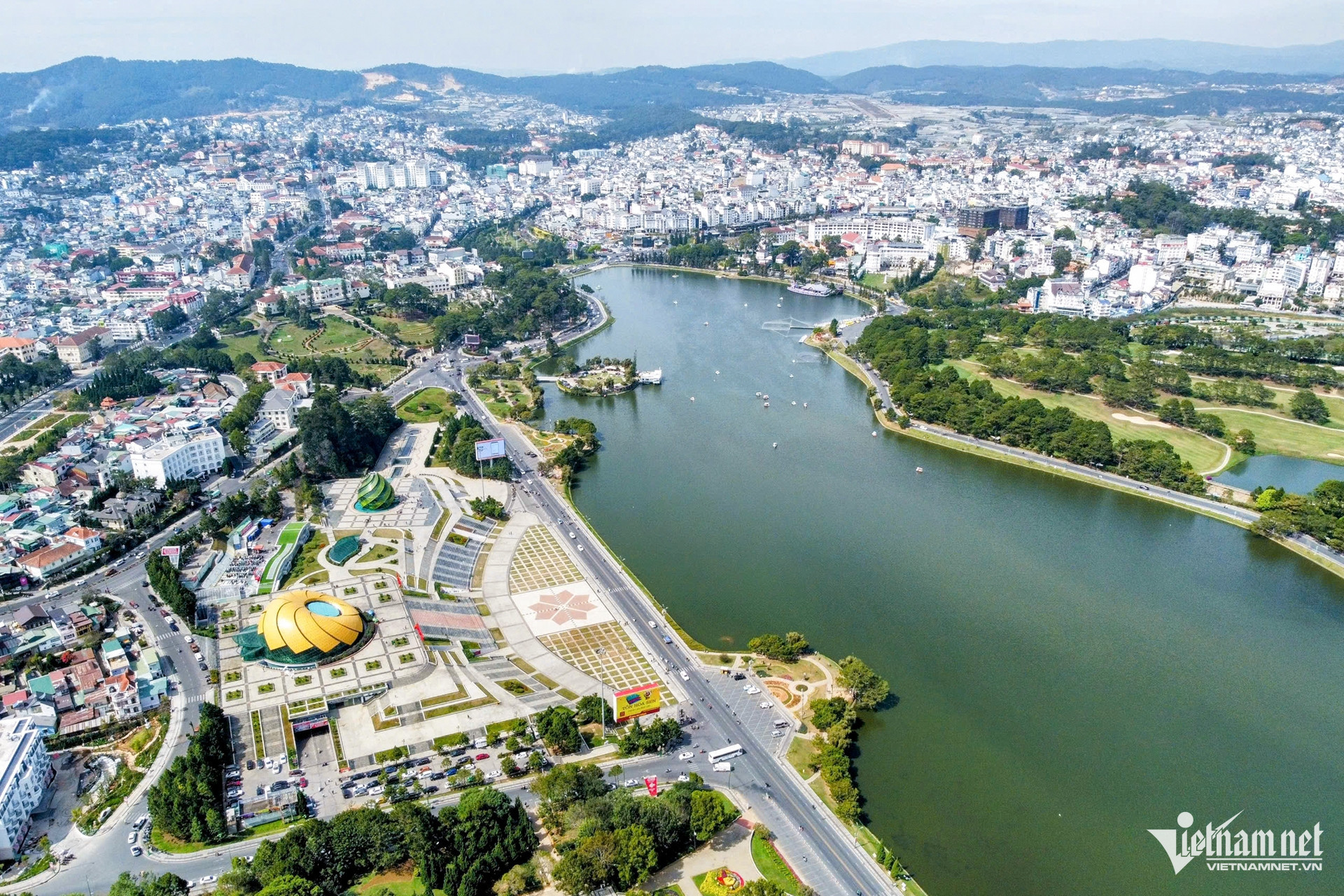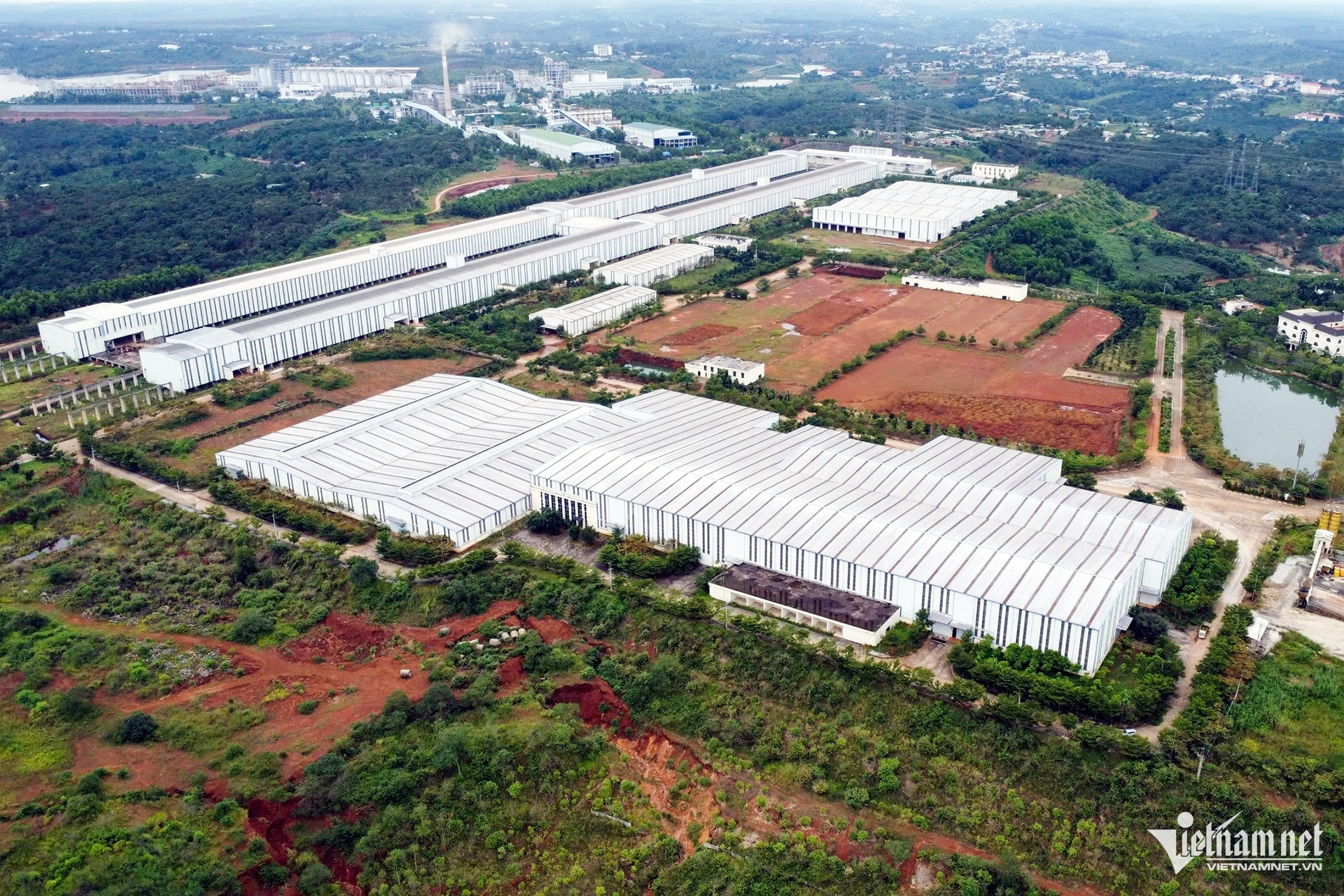Following its proposed merger with Dak Nong and Binh Thuan, the newly formed Lam Dong Province is set to possess the largest reserve of mineral resources in the country. The local government has proposed retaining 50% of the revenue from minerals and energy to reinvest in infrastructure.

Prioritizing infrastructure, expressways, and digital transformation
The provinces of Lam Dong, Binh Thuan, and Dak Nong are expected to merge into a new administrative unit under the name Lam Dong, with Da Lat designated as the political and administrative center.
Post-merger, the new Lam Dong will cover over 24,233 square kilometers - making it the largest province in Vietnam by area, stretching from the Central Highlands down to the South-Central coast.
However, road infrastructure and information technology systems in the region remain underdeveloped and do not yet meet the demands of interregional growth.
To fully leverage post-merger potential, Lam Dong has urged the central government and ministries to prioritize infrastructure investment, introduce preferential policies to attract capital, and create decentralized management mechanisms suited to local conditions, thereby promoting balanced and coordinated development.
The province has proposed upgrading major national highways, including Highways 20, 27, 28, 28B, and 55, to improve connectivity with key economic zones.
Additionally, local officials are calling for accelerated progress on major expressway projects, including the North-South axis route Dau Giay - Lien Khuong; Nha Trang - Da Lat; and the East-West axis Binh Thuan - Dak Nong.
Once completed, these highways will not only shorten travel times but also expand development space and form strategic economic corridors linking the Central Highlands with the South-Central coast.
The province also recommended investment in digital infrastructure to support e-government and digital transformation.
With 124 communes and a scattered terrain, improving digital systems is essential for efficient governance and public service delivery.
Proposal to retain 50% of mineral and energy revenue

One of the most notable outcomes of the proposed merger is the massive accumulation of mineral wealth. The new Lam Dong would command the largest collection of valuable and rare mineral resources in Vietnam.
Currently, Lam Dong holds over 1 billion tons of bauxite, 380 metallic and non-metallic mineral sites, 7 sapphire deposits, and 38 mineral water sources.
Meanwhile, Dak Nong boasts around 1.78 billion tons of bauxite - more than 57% of Vietnam’s total bauxite reserves.
Binh Thuan, known as Vietnam’s “titanium capital,” holds approximately 599 million tons of titanium placer (92% of national reserves), as well as extensive reserves of silica sand, bentonite, zircon, tin, gold, and bicarbonate mineral water.
Offshore, the province hosts large oil and gas fields, including Su Tu Den, Su Tu Vang, and Rang Dong. These fields are producing at high volumes, and the area is earmarked as a future national petroleum storage hub.
Based on this wealth, Lam Dong has proposed retaining at least 50% of the revenue generated from mining and energy to reinvest in transportation, technology, education, and healthcare. This would serve as a “special financial mechanism” to drive sustainable regional development.
If approved by the central government, the newly merged Lam Dong could become Vietnam’s premier hub for minerals and energy, while also serving as a model for green economy development, digital transformation, and smart urban growth in the Central Highlands.
With a strategic investment roadmap, favorable financial mechanisms, and a focus on sustainability, Lam Dong would not only unlock its resource “treasure trove” but also contribute significantly to the national budget and drive new growth for the South-Central and Central Highlands regions.
Xuan Ngoc